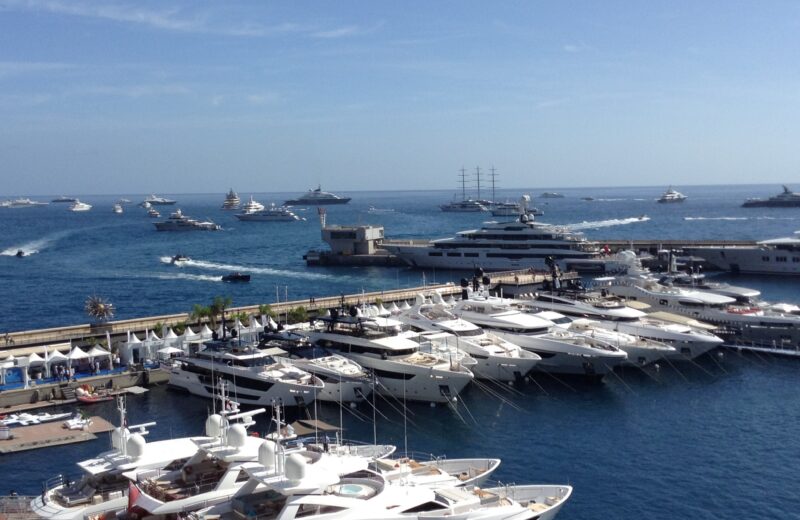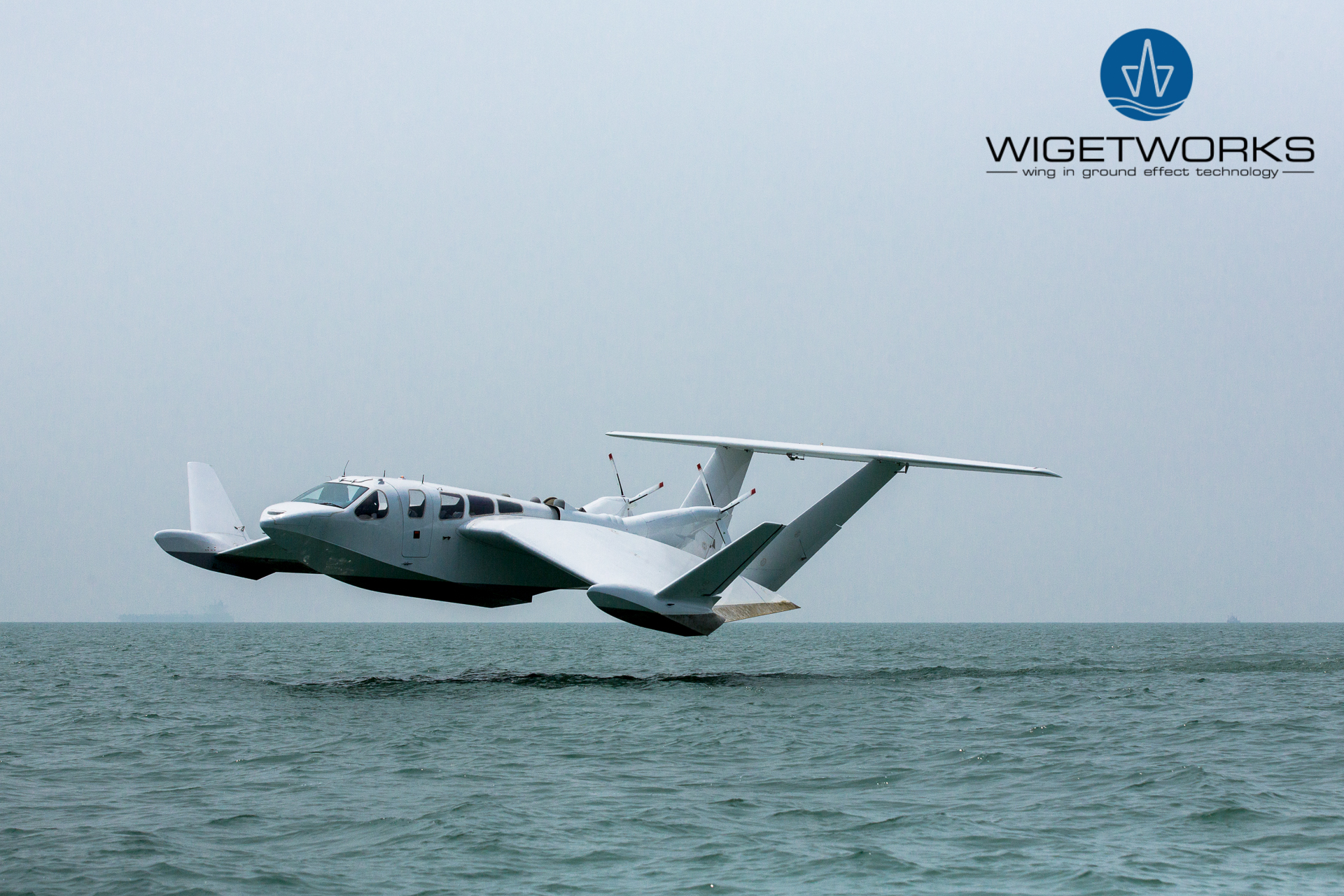Superyacht Investor’s seven top stories of the past six months

The application of VAT to superyachts sailing Mediterranean waters, green propulsion systems and crew management were three key themes that united the most popular stories published on Superyacht Investor over the past six months.
In August, Superyacht investor navigated the murky waters of EU’s VAT law. What lies behind the EU’s decision, we asked, to curb the tax breaks offered by the Italian and Cypriot yacht sectors? Perhaps the biggest surprise about the EU Commission’s decision to target the tax breaks was not that the EU decided to act, but why it took so long to act. It also raised the question which country will be the next to attract the attention of EU tax regulors, according to legal specialists consulted by Superyacht Investor. Read the full story here.
Later in August Ezio Vannucci, from law firm Moores Rowland Partners, answered Superyacht Investors key questions about VAT. Vannucci answered questions such as: how and when do yachts become liable for VAT payments in European waters and is VAT ever refundable? Here’s how he answered those questions.
We returned to the subject of VAT in October with a report about Spanish yachting groups urging the European Commission to challenge the country’s matriculation tax. The Spanish Superyachts Association (AEGY) and the Spanish Yachting Association (ANEN) lobbied the European Commission to oblige Spain to modify its matriculation tax, which allegedly disadvantages luxury vessels, says the group’s legal advisor Miguel Ángel Serra. The tax applies both to the registration of a yacht greater than 8 metres under the Spanish flag or the use of a yacht of the same size in Spain by Spanish residents or by non-residents holding an ‘establishment’ in Spain. Read more about AEGY’s lobbying activities here.
Green propulsion systems
But it wasn’t just VAT that captured our readers’ imaginations over the past six months. Our articles on investments in green propulsion systems and green fuel for luxury yachts also generated a wave of interest. The most popular in this category was the new model of the Silent 55 solar-powered yacht, the S2, from Silent Yachts, which made its debut at the 2019 Cannes Yachting Festival in September.
Silent Yachts told Superyacht Investor: “The new Silent 55 version has a completely revised drivetrain with significantly more battery power, two times more powerful e-motors, structural improvements and significantly better noise reduction. The drivetrain is the most important upgrade to the new model.”
The 17m solar-powered ocean-going catamaran is capable of 20 knots using silent electric propulsion for unlimited range without noise or fumes and minimal vibration. Read more about this novel electric design here.
Crew management topics also proved popular with Superyacht Investor readers, who responded to the opinion articles of luxury yacht captain Iain Flockhart. His regular View from the bridge column explored topics ranging from claims that superyacht captains make the best vessel managers to the merits of encouraging senior crew members to mentor younger colleagues.
Crew management topics
Crew welfare will be the subject of one of our panel sessions dedicated to crew safety and development at our London Conference 2020 on February 5th and 6th. Read about this session and others focusing on superyacht finances, tax and insurance plus a host of other topics in the full conference agenda here.
Finally, one of most popular stories of the past six months featured wing-in-ground-effect craft, cruising at 7 metres above the waves. In July we reported that the craft could offer safe, speedy and cost-effective transport to and from superyachts; rivalling the use of helicopters and tenders. Part boat, part plane and powered by a car engine, the wing-in-ground-effect (WIG) craft can cruise at 80 knots, propelled by twin airscrews, putting the fastest superyacht tender to shame, according to its manufacturer Wigetworks Private Ltd.
Later, an investigation by Superyacht Investor’s sister title Revolution.Aero revealed a transatlantic regulatory difference of opinion surrounding licensing of the craft. The UK Civil Aviation Authority (CAA) insists the vehicles should be classified as aircraft, because they use wings to generate lift, whereas the European Aviation Safety Agency (EASA) and the US Federal Aviation Authority (FAA) both classify the craft as boats.
The most popular stories of the past six months were selected according to Google Analytics independent assessment of Superyacht Investor’s web traffic.
Meanwhile, the whole Superyacht Investor team would like to wish you Happy holidays and a prosperous and safe New Year.
Super Yacht Investor’s seven most popular stories
- EU VAT Action against Italian and Cypriot yacht sectors ‘no surprise’ but who’s next?
- VAT and superyachts: four key questions answered?
- Spanish yacht groups urge European Commission to tackle ‘unfair’ tax
- New solar yacht Silent 55 is to debut at Cannes Yachting Festival
- View from the bridge: why captains make the best managers
- Superyacht mentors are ‘a priceless asset’
- Wing-in-ground effect craft: tomorrow’s must-have superyacht accessory?
Is it a boat or a plane? Superyacht Investor’s story on wing-in-ground effect craft proved popular with readers.


